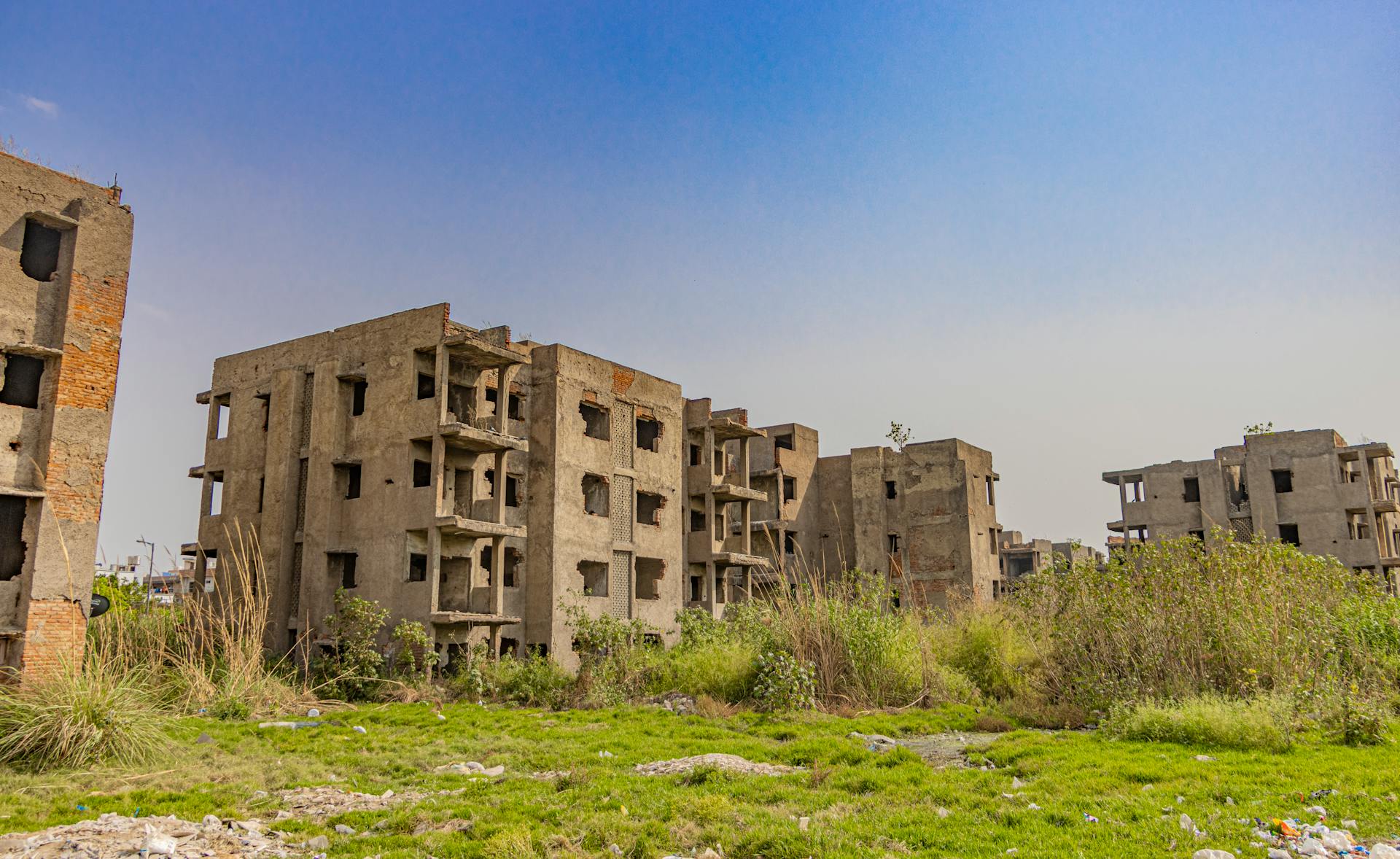The Delhi Development Authority (DDA) has long been a cornerstone of affordable housing in the capital. Housing schemes launched by DDA generated huge excitement among homebuyers. Not any more. With thousands of flats remaining unsold across the capital, DDA housing schemes are failing to attract buyers. Even with reduced prices and new initiatives, the DDA faces persistent challenges in selling its flats.
In the light of the latest housing schemes launched in August 2024, let’s try to analyze the lackluster response of DDA housing schemes over the years.
DDA Housing Schemes
In August 2024, the DDA unveiled three new housing schemes, offering around 40,000 units across various income groups. In its latest offering, DDA has slashed prices for some of its homes to generate demand.
- Sasta Ghar Housing Scheme 2024: Targeting low-income groups (LIG) and economically weaker sections (EWS), this scheme offers 34,177 flats in areas like Ramgarh Colony, Siraspur, Loknayakpuram, Rohini, and Narela. Prices start as low as ₹11.5 lakh.
- General Housing Scheme 2024: Offering 5,531 flats for higher-income, middle-income, and low-income groups, with prices starting at ₹29 lakh.
- Dwarka Housing Scheme 2024: Catering to luxury buyers, this scheme offers 173 upscale flats in Dwarka to be sold through auctions, with reserve prices between ₹1.28 crore and ₹5 crore.
Despite these seemingly attractive offers, several factors are deterring potential buyers from DDA residential properties.
Key Issues Affecting DDA Schemes
- Not So Affordable
DDA housing schemes don’t really offer affordable homes to all. Most apartments that people would want to buy are priced ₹1 crore and upwards for the general public. Homes in the price range of ₹30-40 lakh are also reserved for EWS buyers, leaving other homebuyers wanting for options. For flats in LIG, MIG and HIG categories, the price doesn’t include the conversion charges for freehold property. Only the EWS category homes have no additional charges for conversion to freehold ownership. - Location and Connectivity Concerns
Many of the DDA flats, particularly those in Narela, Siraspur, and Loknayakpuram, are situated in areas that are far-flung from Delhi’s business, commercial and entertainment hubs. These regions often lack sufficient public transport infrastructure, making daily commutes difficult. Additionally, these areas lag in essential services like hospitals, schools, and shopping centers, further discouraging buyers looking for convenience and easy accessibility. - Quality and Lifestyle Amenities
Modern residential projects by private developers are loaded with amenities and promise a better lifestyle. Homebuyers are expecting modern amenities. Compared with projects by private developers, DDA’s residential projects fall short, making them less attractive to homebuyers. DDA Janta and EWS flats generally wear a shabby look of a poor community, which is a deal breaker for homebuyers who aspire for a better life. - Defying the Open Economy
Once highly effective, the DDA’s sales process is now deterring buyers. The procedure for buying DDA flats is complex and time-consuming. Some homes are only available through the auction process. In today’s economic realities, people prefer purchasing at their own terms and expect quick fulfillment of their desires. DDA continues to sell the apartments through a tedious housing scheme that requires buyers to jump though hoops. - Buyer Profiling
In the latest DDA schemes, certain homes are priced way cheaper for government employees. While the general public is offered a discount of 15%, government employees are offered an additional 10% discount. This kind of preferential treatment to a buyer class is discouraging for others. - Paperwork Requirements
Potential buyers must submit various documents and affidavits, which adds another layer of complexity to the purchasing process. These requirements make the schemes cumbersome. - Income Requirements for EWS Flats
Another challenge specific to EWS flats is the income eligibility criteria. The government mandates that applicants for these flats must have an annual household income below ₹10 lakh. Though the income threshold is generous, it prevents real estate investors as well as buyers who could have purchased nearby units to merge into a bigger house. DDA’s restrictive policies deny the economic forces to generate demand for its apartments. - Demand Disconnect
Another reason for the muted response to DDA housing schemes has been the disconnect between demand and supply. While EWS 1BHK flats could serve as a great starter home for young couples, these affordable homes are reserved for EWS. A large segment of homebuyers are denied an opportunity to buy small homes. People working in the unorganized segment can be seen as the primary target buyers for EWS flats, who have limited access to home finance and rely mainly on self-funding. - First-Come-First-Serve (FCFS) Allotment System
While the FCFS model is intended to simplify the allotment process, the buying process is still cumbersome. The uncertainty around securing a desirable flat leaves potential buyers feeling less confident about participating in these schemes, pushing them towards easier and more predictable alternatives in the private market.
